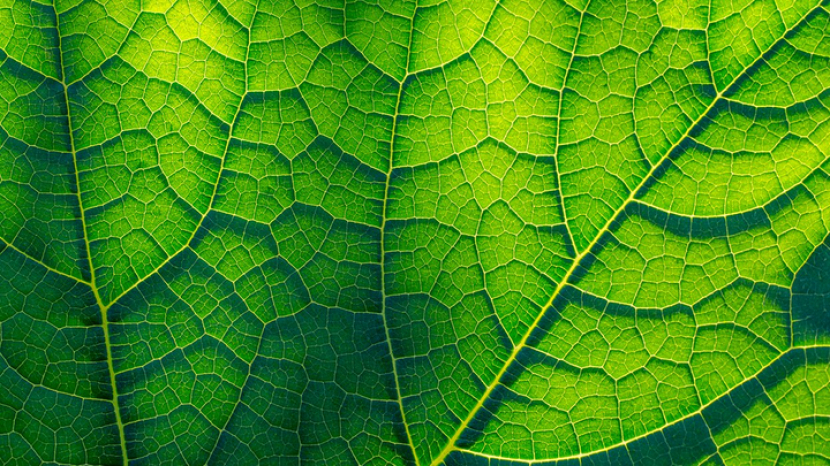Theoretical models could lead to new concepts for more efficient solar cells.
With photosynthesis, nature has developed sophisticated processes to capture and use solar radiation energy efficiently. Quantum physical effects also play an important role in energy transport in green plants or light-active bacteria. Theoretical physicist at University of Ulm has now solved an open riddle about the incredibly fast transport of energy over relatively long distances. As they report in the journal “Physical Review X”, the specially composed nanostructures of the light-gathering molecules appear to be responsible for the efficient transport of energy. This new insight into natural photosynthesis has the potential to further increase the efficiency of solar cells in the future.
Sunlight creates an excited electronic state during photosynthesis in plants and bacteria as well as in solar cells. Negatively charged electrons are released and at the same time positively charged electron holes are created. These electron-hole pairs, also known as excitons, must be maintained as long as possible for high efficiency and cover relatively large distances of several micrometers. Recently, experiments on light-active purple bacteria showed that this electronic state could cover more than ten times the distance than previous models of photosynthesis could explain. Andrea Mattioni and his colleagues from Ulm Institute for Theoretical Physics have now discovered the cause of this effect.
The researchers’ quantum physical observations show that special nanostructures made of light-gathering molecules, more precisely pigments that act as antennae, are responsible for the relatively long transport pathways. In purple bacteria, these pigments arrange themselves into several nanocluster close and dense. Thanks to these nanostructures, the delocalized electronic states can self-organize in such a way as to allow energy transport over a few micrometers. This distance may sound small, but for the effects of quantum physics, it is very large. At the same time, the multiple nanoclusters prevent energy loss through the dark state, where no light particles are emitted after photoelectronic excitation.
This new insight into the quantum physical effects of natural photosynthesis could also help improve the efficiency of solar cells in the future. “On this basis, we developed quantum design rules at the molecular level to optimize the range and speed of energy transport in artificial light harvesting architectures (i.e. solar cells),” the researchers explain in their publication. Because even in solar cells, electron-hole pairs are expected, excite, survive as long as possible and cover great distances. This reduces the risk of unwanted electron and hole recombination even before an electric charge for usable current flow can be tapped at the solar cell electrodes.
However, the technical implementation of this model will not be easy. On the one hand, suitable materials must be found to mimic the light-gathering proteins of purple bacteria. On the other hand, designs for suitable nanostructures in solar cells, along with suitable production processes, have to be developed.
(Source: University of Ulm)
***
Solo, Wednesday, March 23, 2022. 5:09 pm
‘warm greetings full of love’
Suko Waspodo

–
Ordinary Man
–
–
–
-“).attr({
type: ‘text/javascript’,
src: ‘https://platform.twitter.com/widgets.js’
}).prependTo(“head”);
if ($(“.instagram-media”).length > 0)
$(”


